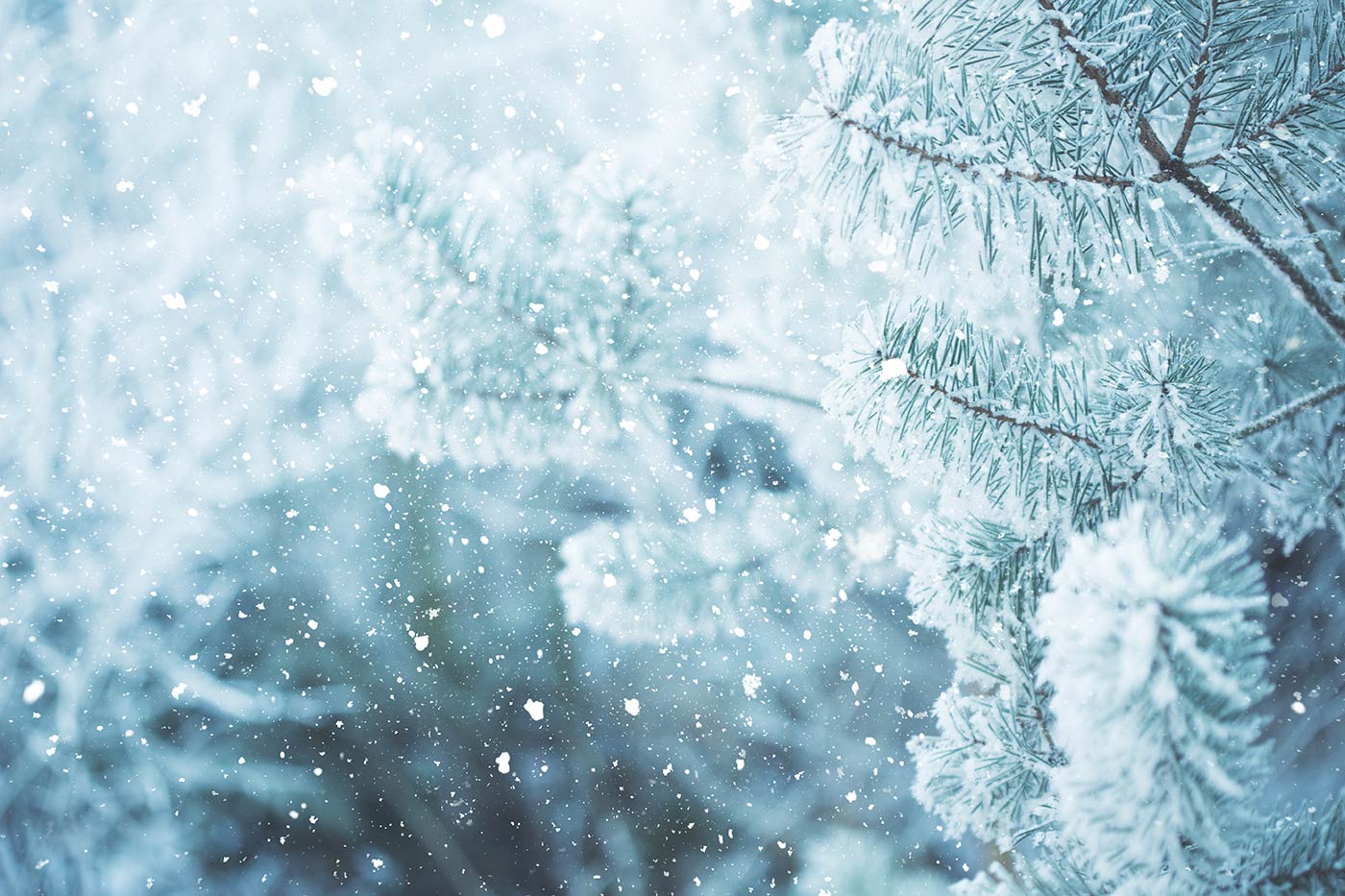Capturing the essence of wildlife photography
1.7.2024
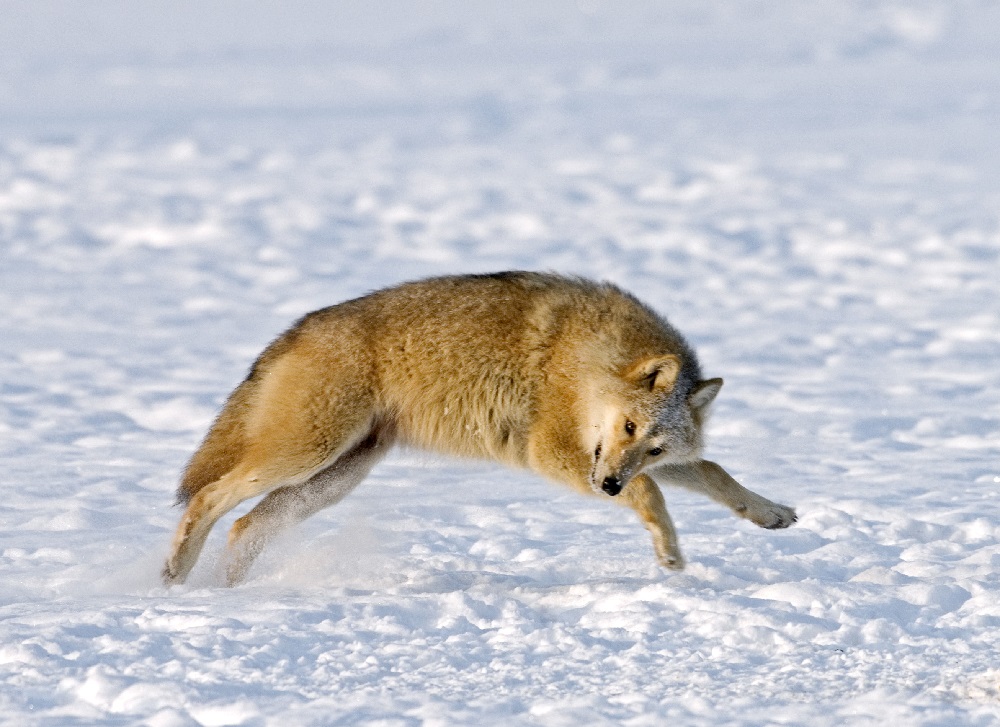
The Art of Patience in Wildlife Photography
Wild Taiga in the Arctic Lakeland Finland region is Europe’s leading wildlife watching destination where you can encounter not only iconic and often elusive Finnish Big Five (bear, elk, wolverine, lynx and wolf), but also other Arctic species such as whitetailed eagle and rare wild forest reindeer. Wildlife watching products vary from a few hours in a photo hide to weeklong photography tours, offering something for everyone.
Wildlife photography is a discipline that demands immense patience. Unlike studio photography, where conditions can be controlled, capturing animals in their natural habitat requires waiting for the perfect moment. This could mean hours, or even days, of waiting for the right light, the right angle, and the right behavior from the subject.
Patience is not just about waiting; it’s about being ready when the moment arrives. Wildlife photographers often spend significant time observing animal behavior to predict their actions. This preparation allows them to capture stunning images that tell a story, showcasing the beauty and intricacies of wildlife.
Understanding Animal Behavior
To excel in wildlife photography, understanding animal behavior is crucial. Knowing when and where animals are likely to appear can make the difference between a missed opportunity and a breathtaking shot. For instance, bears are more active during dawn and dusk, while birds of prey can often be seen soaring during midday.
Guided tours in the region provide insights into the habits and habitats of various species. Experienced guides share their knowledge, helping photographers anticipate and capture unique moments in the wild. This understanding not only enhances the quality of photographs but also fosters a deeper appreciation for wildlife.
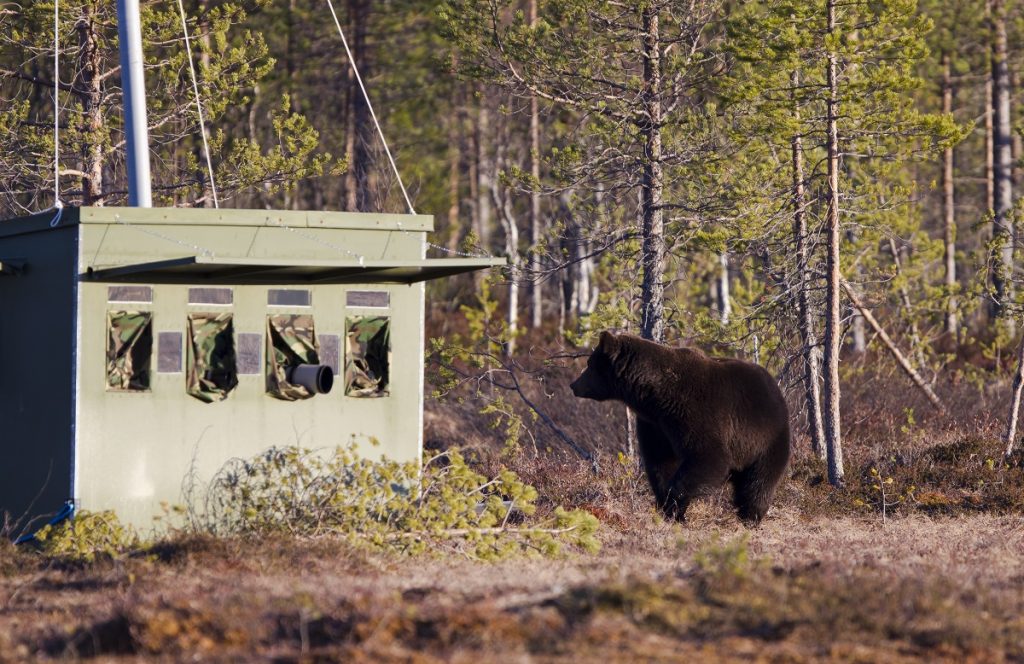
Choosing the Right Equipment
Having the right equipment is essential for wildlife photography. A good camera with a fast shutter speed and a high-quality telephoto lens can make a significant difference. Telephoto lenses allow photographers to capture detailed images from a distance, minimizing disturbance to the animals.
Additionally, sturdy tripods, weather-resistant gear, and appropriate clothing are vital for enduring the often harsh conditions of wildlife photography. Investing in the right equipment ensures that photographers are prepared for any situation, whether it’s capturing a moose in the early morning mist or a wolverine in the snow.
Respecting Wildlife and Their Habitat
Respect for wildlife and their natural habitat is paramount. Photographers must maintain a safe distance to avoid stressing the animals or disrupting their natural behavior. Using hides or blinds can help photographers get closer to their subjects without being detected.
Ethical wildlife photography is emphasized, with tours designed to minimize human impact on the environment. Participants are educated on the importance of conservation and responsible photography practices, ensuring that the beauty of the wild can be enjoyed by future generations.
Capturing Seasonal Changes
Wildlife photography is not just about the animals; it’s also about the environment they inhabit. Seasonal changes offer unique opportunities to capture different aspects of the natural world. From the vibrant colors of autumn to the serene landscapes of winter, each season brings its own challenges and rewards.
The region offers a diverse range of seasonal experiences. In winter, the snow-covered landscapes provide a stunning backdrop for photographing animals like the elusive wolverine. Spring and autumn bring opportunities to capture birds during their migration, while summer offers long daylight hours for extended photography sessions.
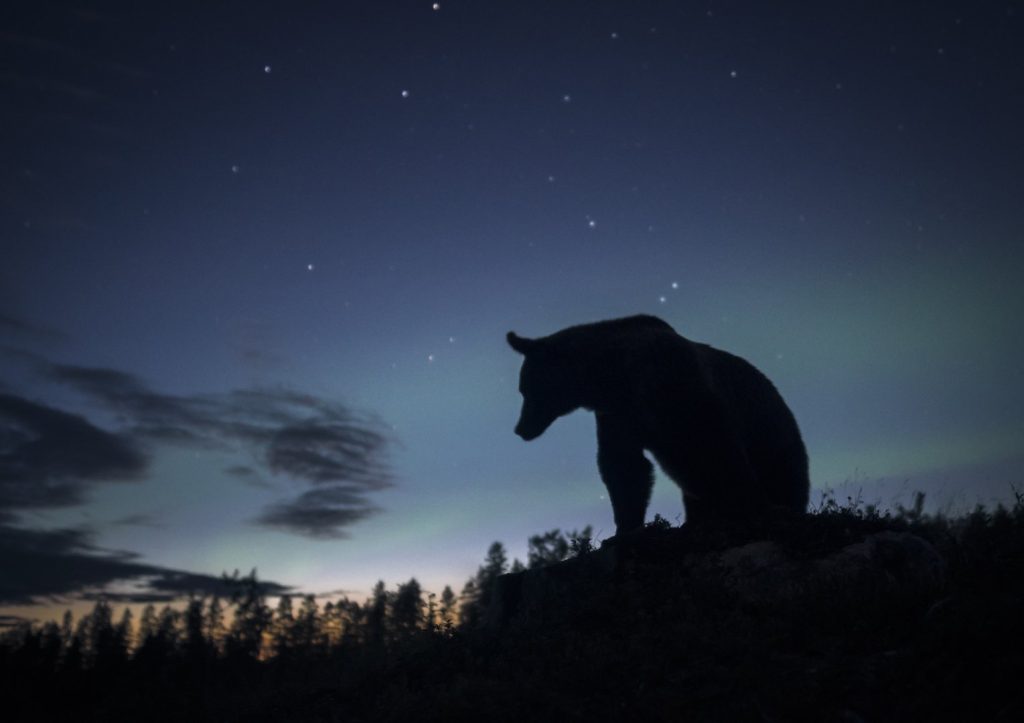
Utilizing Natural Light
Natural light plays a crucial role in wildlife photography. The golden hours—shortly after sunrise and before sunset—provide soft, warm light that enhances the beauty of the subject. Midday light, while harsher, can be used creatively to capture dramatic shadows and contrasts.
Photographers must learn to work with the available light, adjusting their settings and positioning to make the most of each situation. Understanding how light interacts with the environment and the subject can transform a good photograph into a great one.
Post-Processing Techniques
Post-processing is an integral part of modern wildlife photography. While the goal is to capture the best possible image in-camera, editing software can enhance the final result. Adjustments to exposure, contrast, and color balance can bring out details that were not immediately visible.
However, it’s important to use post-processing ethically. The aim should be to enhance the natural beauty of the image without altering the reality of the scene. Photographers are encouraged to maintain the integrity of their work, ensuring that their images are both beautiful and truthful representations of the natural world.
Building a Wildlife Photography Portfolio
Creating a portfolio is essential for any aspiring wildlife photographer. A well-curated collection of images showcases your skills and style, making it easier to attract clients or gain recognition in the field. Your portfolio should include a variety of species and settings, demonstrating your versatility and expertise.
Wild Taiga offers a range of photography packages that cater to different interests. Whether you want to focus on a single animal or capture a variety of species, these guided experiences provide countless opportunities to build a comprehensive and impressive portfolio. By participating in these experiences, photographers can enhance their skills and expand their body of work.
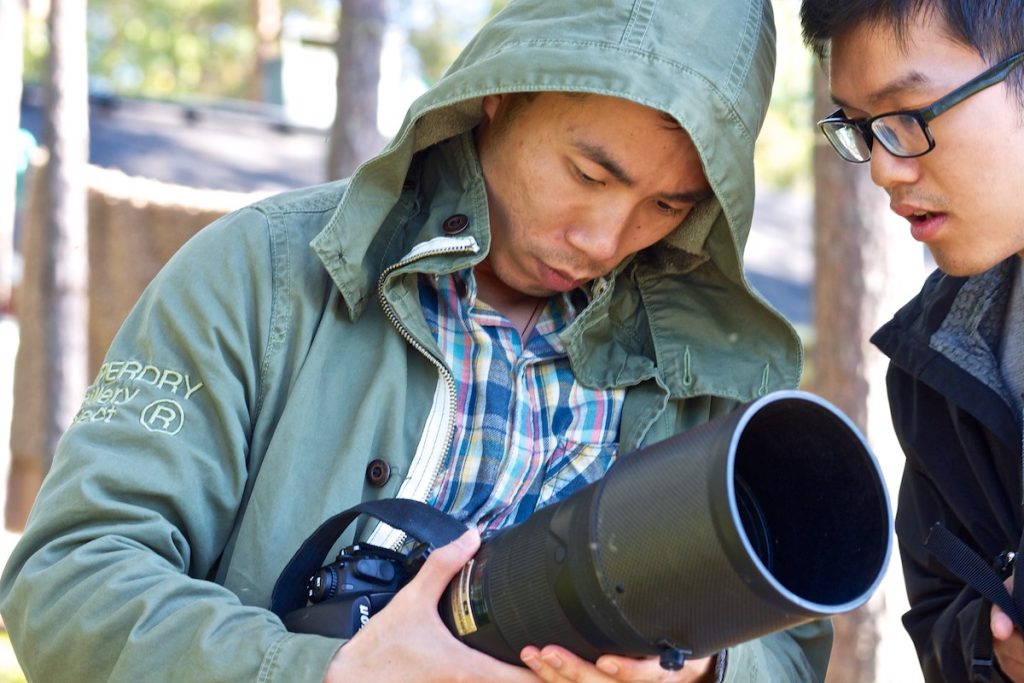
Connecting with the Wildlife Photography Community
Engaging with the wildlife photography community can provide valuable support and inspiration. Joining forums, attending workshops, and participating in photo contests can help photographers learn from others and stay motivated. Networking with fellow photographers also opens up opportunities for collaboration and feedback.
Participants are encouraged to connect with the broader community. Tours often bring together photographers from different backgrounds, fostering a sense of camaraderie and shared passion. By building these connections, photographers can continue to grow and evolve in their craft.

